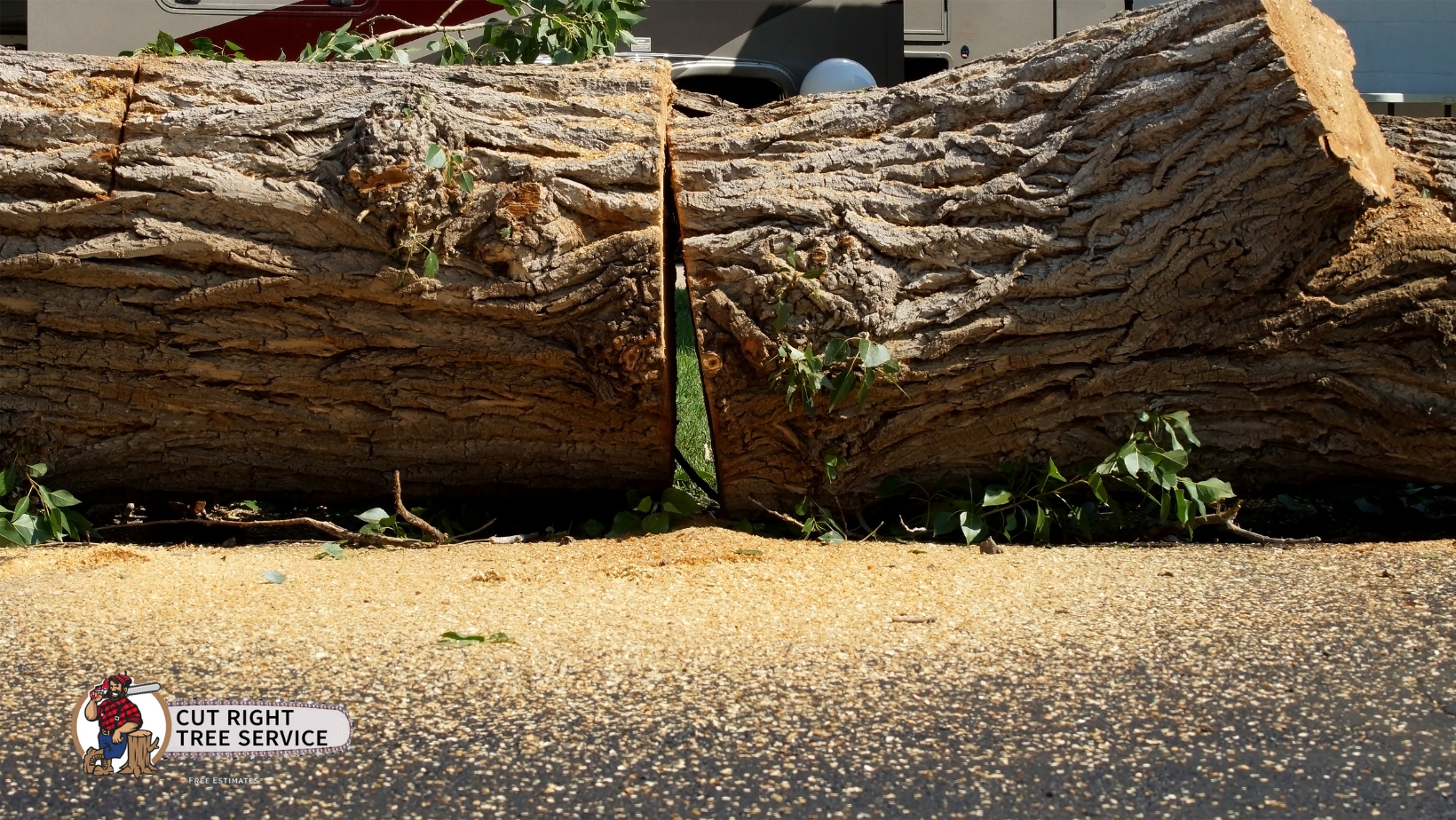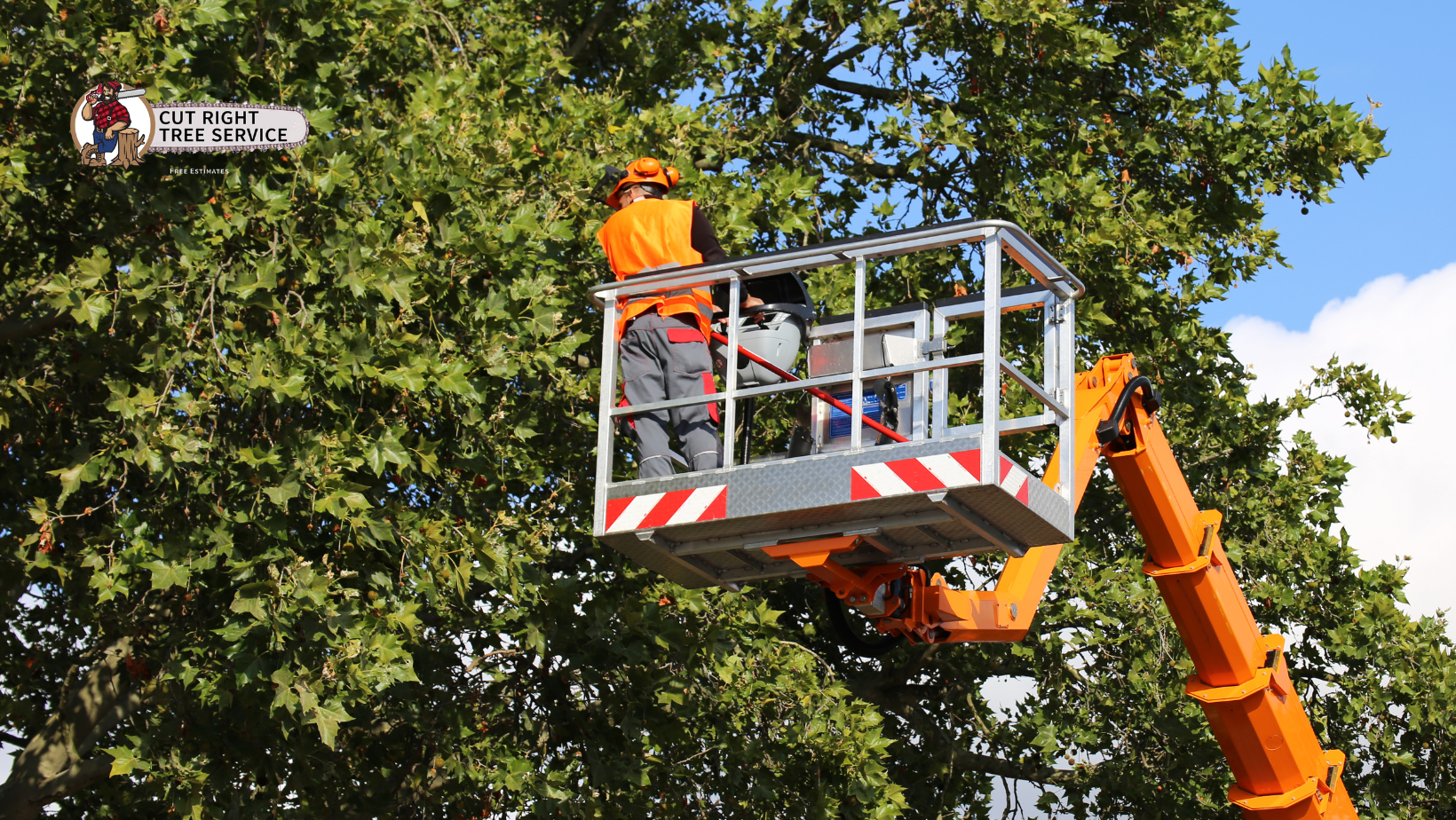Land Clearing 101: Preparing Your Property for Development
The Essential Guide to Land Clearing for New Construction

If you’re planning to build a home, commercial property, or any new development, land clearing is the first and most crucial step. Removing trees, brush, rocks, and other obstacles creates a clean slate for construction, ensuring a safe and stable foundation. But land clearing isn’t just about clearing space—it also involves environmental considerations and strategic planning. Here’s what you need to know about the land clearing process and why professional services are essential for a smooth development project.
Why Land Clearing is Important
Land clearing plays a critical role in preparing a site for construction. Whether you’re developing a small residential lot or a large commercial space, proper land clearing ensures:
- A Safe Construction Area: Removing debris, remove unstable trees, and hidden obstacles prevents accidents and delays.
- A Stable Foundation: Clearing land allows for proper grading, drainage, and soil preparation before construction begins.
- Improved Land Use: Properly clearing a property maximizes available space and enhances the usability of the land.
- Environmental Protection: Professional land clearing minimizes soil erosion, preserves valuable trees, and ensures compliance with local regulations.
The Land Clearing Process
1. Site Assessment and Planning
Before any work begins, experts assess the land to determine the best clearing strategy. This step includes identifying protected trees, planning for erosion control, and ensuring compliance with local environmental regulations.
2. Tree and Vegetation Removal
Depending on the site’s condition, land clearing may involve cutting down trees, removing shrubs, and clearing undergrowth. Trees that pose risks or interfere with construction are removed, while healthy, valuable trees may be preserved.
3. Stump Grinding and Root Removal
Leaving tree stumps behind can cause future issues with foundation stability and landscape aesthetics. Stump grinding and root removal ensure the land is fully cleared and ready for grading.
4. Rock and Debris Removal
Large rocks, fallen branches, and other debris are removed to create a smooth, even surface for construction. Heavy machinery may be used for more extensive clearing.
5. Grading and Soil Preparation
Once the land is cleared, it needs to be graded to prevent water pooling and erosion. Proper grading ensures a stable foundation for buildings, roads, and landscaping.
6. Erosion Control and Environmental Protection
Professional land clearing services implement erosion control measures such as silt fencing, retaining walls, and drainage solutions to protect the land and surrounding areas from soil displacement.
Environmental Considerations in Land Clearing
While clearing land is necessary for development, it should be done responsibly to minimize environmental impact. Here are a few key considerations:
- Preserving Healthy Trees: Selective clearing allows valuable trees to remain, maintaining natural beauty and promoting ecological balance.
- Soil Conservation: Preventing excessive soil disruption helps reduce erosion and maintain soil fertility.
- Wildlife Protection: Responsible land clearing considers local wildlife habitats and follows guidelines for safe relocation when necessary.
- Eco-Friendly Disposal: Recycling or repurposing cleared vegetation, such as turning trees into mulch, helps reduce waste.
Need Professional Tree Removal?
With 30 years of experience, we provide expert
tree trimming,
tree assessment, and
tree removal services in
Chattanooga and the surrounding areas, ensuring safe and efficient work.
Call CUT RIGHT TREE SERVICE today at (423) 260-1238 for a consultation and free quote - get your land ready for development the right way!






